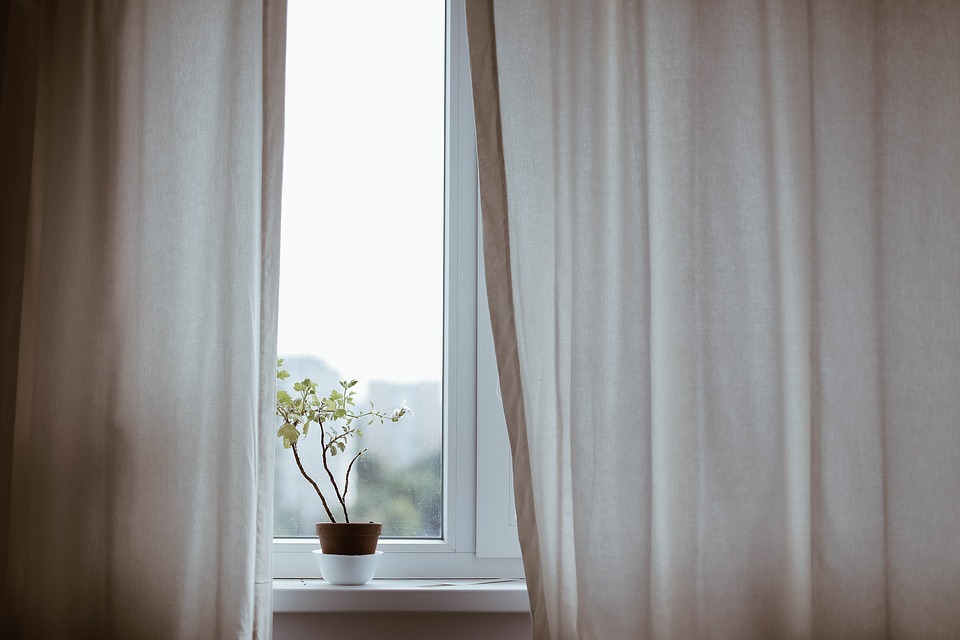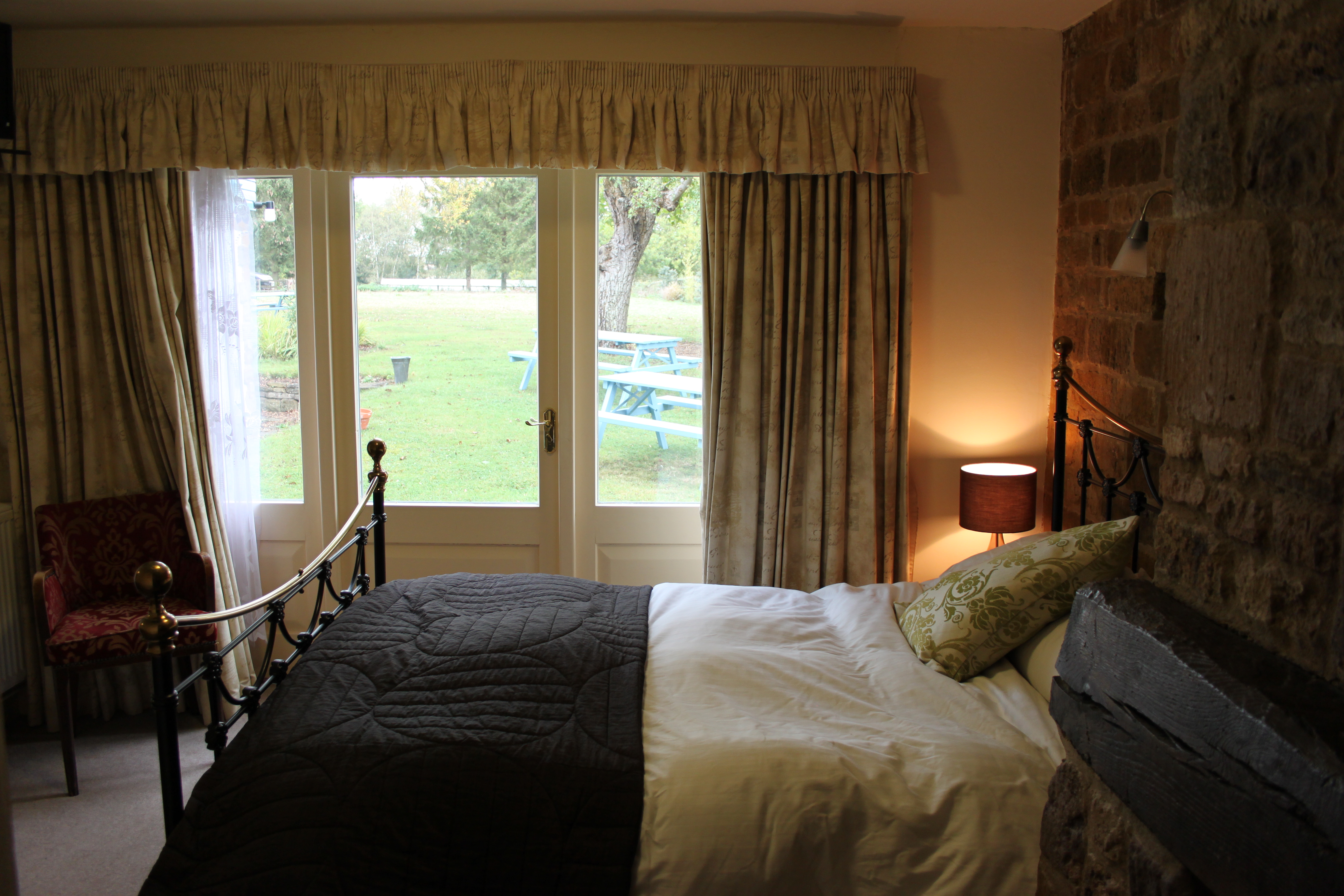If you want to make energy savings at home, it makes sense to look at installing double glazed windows.
Double glazed windows work by placing two sheets of glass parallel to one another within the same window. The space between the panes is either filled with dehydrated air, a vacuum, or an inert gas like argon. This serves to considerably improve a window’s thermal performance, thus saving homeowners hundreds – and sometimes thousands – of pounds over the lifetime of the window.
There are some cases, however, where installing a new window simply isn’t feasible. Replacements carry an up-front cost that future energy savings will justify only after many years. Moreover, in some conservation areas it will be difficult to obtain planning permission for a double-glazing installation.
So what are the alternatives? How can we prevent heat from escaping our property without replacing our windows? Let’s examine some potential solutions.
Secondary Glazing
If double glazing isn’t a viable option, then you might instead consider secondary glazing. This involves placing a second sheet of glass on the interior of your window, which helps to contain heat in much the same way that double-glazing does. Since the air between the glass isn’t sealed, there are no differences in pressure to worry about. If your windows boast a classic, period look, then you’ll be able to keep them looking exactly as they currently do from the outside – while at the same time achieving a considerable improvement in thermal efficiency.
Secondary glazing inserts are usually held into place via a compression tube, which sits around the edge of the window, and holds the panel into place via suction. This means that you needn’t make any modifications to the window. Inserts are often made from acrylic rather than glass, and will thus contain the warmth of your interior all the more effectively.
Curtains
Curtains are often-overlooked as a means of improving the energy-efficiency of windows. Keep them open in the day (to let in sunlight) and then draw them at night. This will create an extra barrier that prevents heat from escaping the room. Ideally, you’ll want to use a heavy set of blackout curtains.
Draughts
When single-glazed windows – and particularly wooden ones – begin to age, it’s inevitable that gaps will form in the spaces where the frame meets the glass. This might be down to the warping effect of the wood, as it changes shape over time in response to changes in temperature and moisture. It might also be caused by a degradation of the seal at the edge of the window. In either case, the result is the same – cold air from outside will be able to pass into your property.
Clearly, this is undesirable. Fortunately, once the seal around your window has failed, it’s relatively easy to replace it using an inexpensive strip of sticky rubber. Of, if you’d like a more effective and attractive final window, you might hire a professional joiner to refurbish it with a proper draught-excluding system.
It’s detecting where the draughts have formed that’s the tricky part: even if you can feel a stream of cold air in the middle of your living room, you might struggle to pinpoint exactly where it’s coming from. You can find out by simply turning out the lights and running a candle around the edges of the suspect window. When the flame flickers, you’ll have found your draught. Alternatively, you might consider an electronic thermal leak detector – a device which functions like an electronic thermometer, except it works from a distance. Shine the beam over a leak, and the light on the back of the device will change colour.
Treatment
If your windows are made from wood, they will require occasional treatments in order to maintain their appearance and effectiveness. Fortunately, this isn’t a ritual you need perform very often. Simply scrubbing the frame and re-applying your finish of choice every few years will be enough to guard the wood against rot and warping. This in turn will reduce the chance of a draught forming, and will help to extend the lifespan of the window itself.
In conclusion
Replacing your windows is an excellent way to improve the thermal efficiency of your home. But even if you’re prevented from replacing your windows, it’s still possible to improve their efficiency through incremental improvements and maintenance. If the other elements of the building, like the roof, are substandard, then the windows might not seem an obvious choice for an upgrade. By the same token, if your windows have not yet degraded to the point where replacement is beneficial, you might wish to delay replacing them, and take some of the alternative measures we’ve mentioned here in the intervening period.
Looking for new windows for your home? Browse our sliding sash or casement windows or find out about our handmade bespoke windows.




